We are pleased to inform you that this year the I. Callus Scientific Conference and the traditional XV. Denti Symposium and Friend’s Meeting will be held once again. The event has a dual purpose: first and foremost, to establish the international Callus professional and friendly community dedicated to the scientific background of implantology. Secondly, to continue the longstanding tradition of the Denti Symposium, where attendees have the opportunity to familiarize themselves with the latest research findings and experiences in the fields of dentistry and implantology.
The program offers a variety of presentations, workshops, and roundtable discussions that create opportunities for knowledge sharing and professional dialogue.
Particularly exciting are the workshops held on Friday, complemented by hands-on training sessions. We warmly welcome dental all professionals and implantologists who have an interest in scientific developments. Additionally, a dedicated scientific e-poster section is organized, where interesting research results will be presented.
The prestigious Törley Champagne Factory (Budapest) event hall provides a unique and inspiring environment for the scientific program.
We look forward to your participation, and we trust that the event will offer you the opportunity to further deepen your knowledge in the fields of dentistry and implantology, all in the friendly and open atmosphere of a professional gathering.
Yours sincerely,
Nóra Vajdovich
CEO, Denti System Ltd.
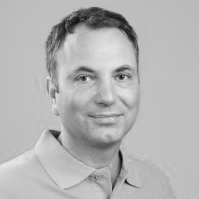
Hands-on practice with the finest tools – participants can learn the suture techniques used in dento-alveolar and periodontal surgery on sponges and pig jaws.
The need to unite separated or separated tissues has been recognized since ancient times. However, the hand tools and devices of today’s wound healing appeared on the product range just a few years ago. These are under continuous development in accordance with special needs. However, we must not forget that their use is based on foundations and techniques, without knowledge and practice of which the results of surgical interventions can hardly be predicted. And yet this is what our age most demands, in addition to minimal invasiveness, by clarifying the evidence. And this is also necessary in the area of the oral cavity and face, which enjoy privileges in terms of wound healing, where a good blood supply and a bony or periosteal wound bed can save the surgeon from many problems.
The tension-free and precise union of tissues with good blood supply, the prevention of infection, which is a mantra that medical students memorize and recall in exams, is filled with content in the clinic. The result will be the ineffectiveness (so sometimes only late) of the feedback of what has been learned.
As part of a series of lectures organized in honor of one of the innovative personalities of our profession, in the form of a lecture and a workshop, I express my respect to Professor Vajdovich by trying with the participants to repeat the surgical suturing techniques or to improve certain already used techniques in the spirit of predictable results and cost-effectiveness.
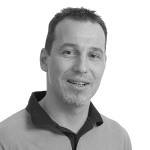
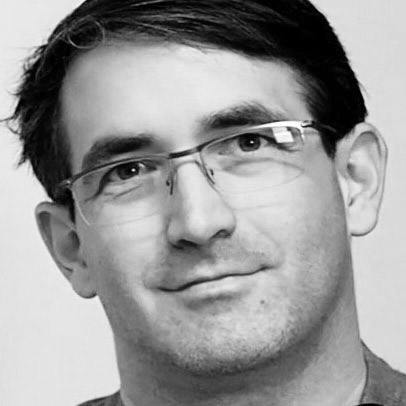
Restoration of extensive total tooth loss based on resective principles using full arch implantation. Creation of fixed dental prostheses fixed on 4/6 implants.
All-on-X procedures have gained enormous popularity in recent years. Their popularity is due to their many “patient-attracting” properties. Of course, practices also gain a popular “product” and many new patients by introducing the procedure. Who wouldn’t want a beautiful and fixed smile as soon as possible in case of unfavorable bone supply? However, let’s not forget that we are talking about a solution loaded to the extremes, where knowing the limits of the extremes is essential if we don’t want unsuccessful cases. The course introduces critical static rules, surgical planning with manual and navigated procedures. We practice the placement of implants on models and learn about the formal and odonto-technological requirements for making sustainable bridge prostheses.
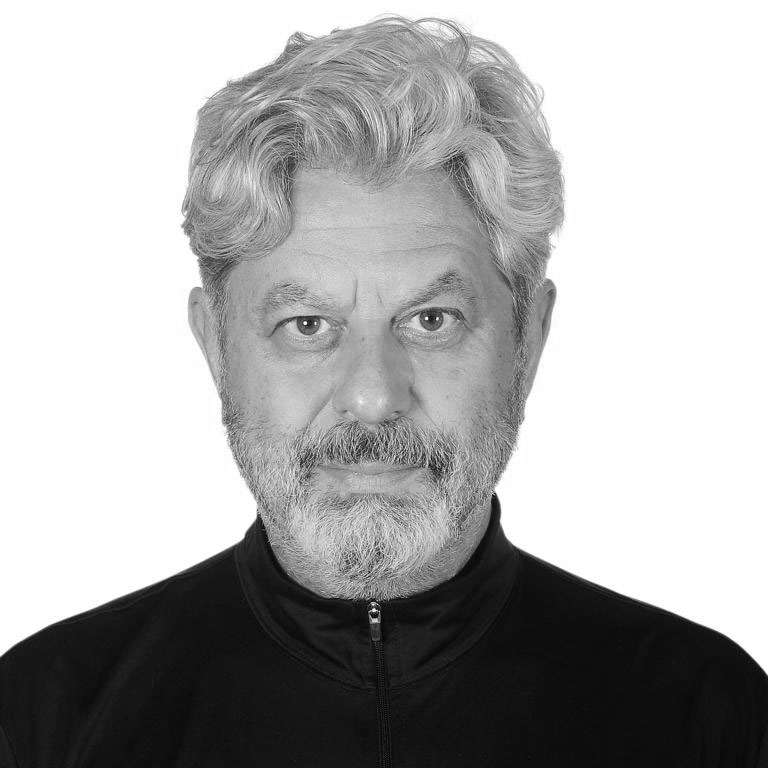
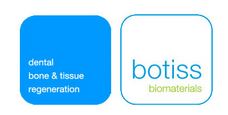
Special emphasis on regenerative approaches.
BIOFILM AND PERI-IMPLANTITIS: TREATMENT STRATEGIES – REGENERATIVE AND RESECTIVE APPROACHES. WORKSHOP.
By the increase of the number of implant dentists and the numbers of the implants placed, the incidance of peri-implantitis cases are increasing as well. Peri-implantitis is defined as the inflammation / infection effecting all the supporting structures of an implant. The first step for the treatment of this condition is the fight agains the biofilm and utilize ant-infective measures. Biofilm is a complex, organized gathering of microorhanizms. It easily developes on nonshedding, hard surfaces in the oral cavity. The two major oral diseases, namely dental caries and periodontal disease are mainly caused by oral biofilm. Treatment strategies toward these diseases should include preventive approaches against biofilm. The essential goal of dentistry is to keep and maintain the teeth and their supporting tissues in a disease –free condition. Without controlling and preventing the development of biofilm in the oral cavity any kind of dental treatment could not be completely successfull in the long term. Biofilm is also the main etiological factor for peri-implant diseases. In this workshop the characteristics of biofilm and its effects on dental implant surrounding structures will be reviewed. Furthermore, corrective dental tretament approaches, especially dental implant treatment will be overviewed from the scope of importance of biofilm control and removal. Once anti-infective stage is accomplished and the infection is eliminated, then the second goal would be to replace the lost supporting structures. The aim is bone regeneration and re-osseointegration. Bone regeneration techniques are used and decontamination of the exposed implant surfaces have to be achieved. These are called the regenerative approaches. However, if the size and the morphology of the bone defect are not favourable for regeneration then the resective approaches may be tried in order to save the implant and to extend the life of the prosthesis. The goal of the resective approach is to create an environment that facilitates more effective biofilm control thus stop the progression of the disease. This could be achieved by smoothening and polishing of the exposed implant surfaces and removing of any unsupporting bony walls that create the defect. In this presentation regenetative and resective approaches for peri-implantitis treatment will be described and discussed. This workshop will also include a practical session. In the hands-on session, participants will excercise surgical and regenerative techniques around peri-implantitis defects on pig jaws, using bone substitutes and barrier membranes.
for clinical resident doctors and dental students: 100 EUR
Parking is free for guests of the Symposium.
Prices include VAT.
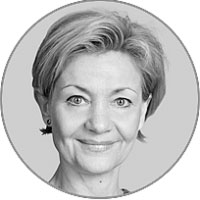
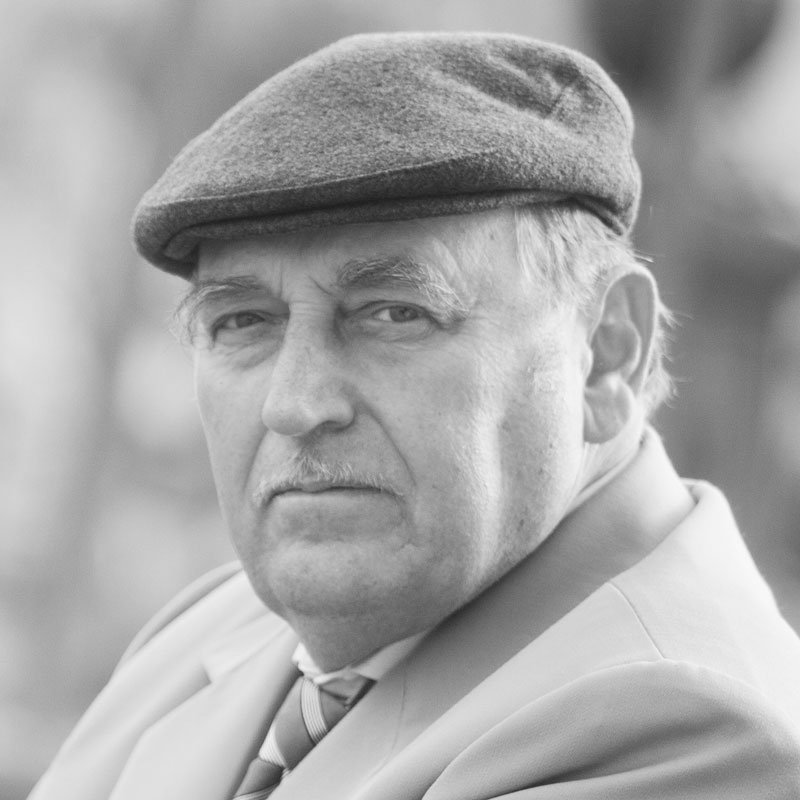

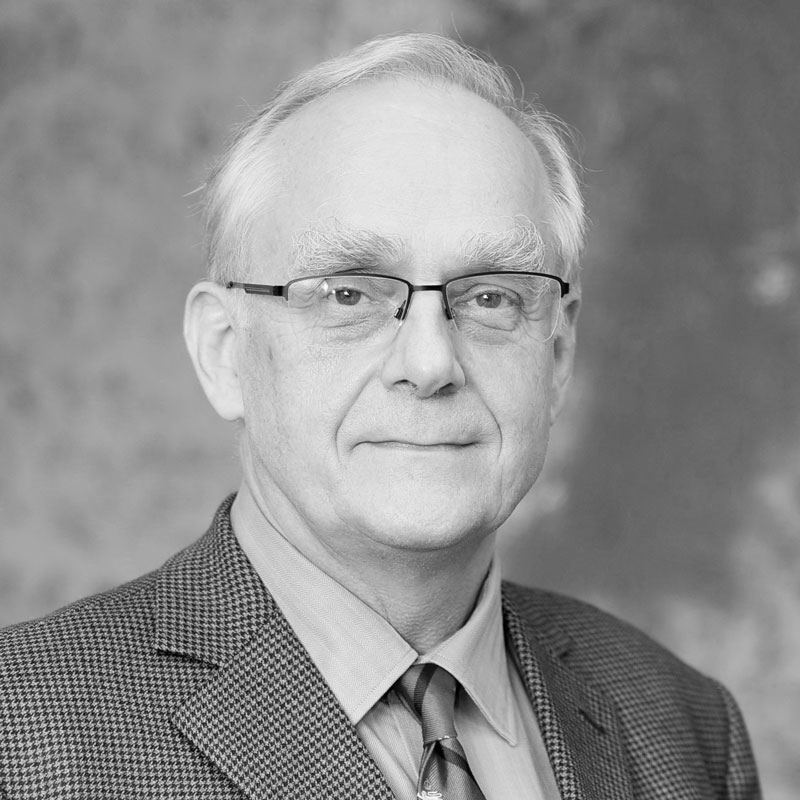

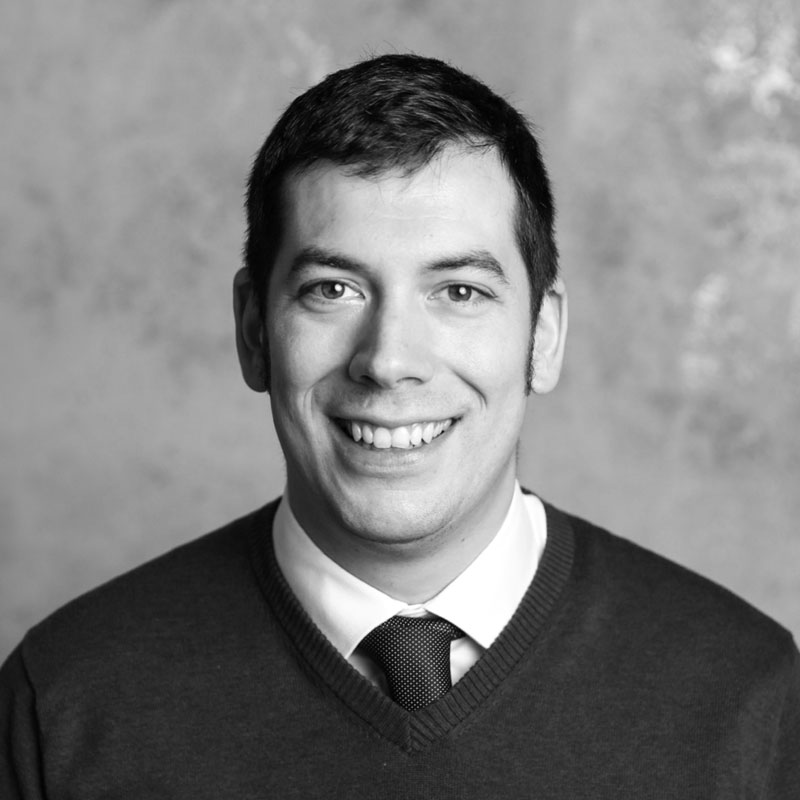
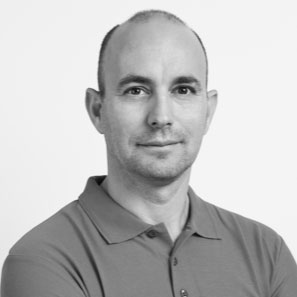
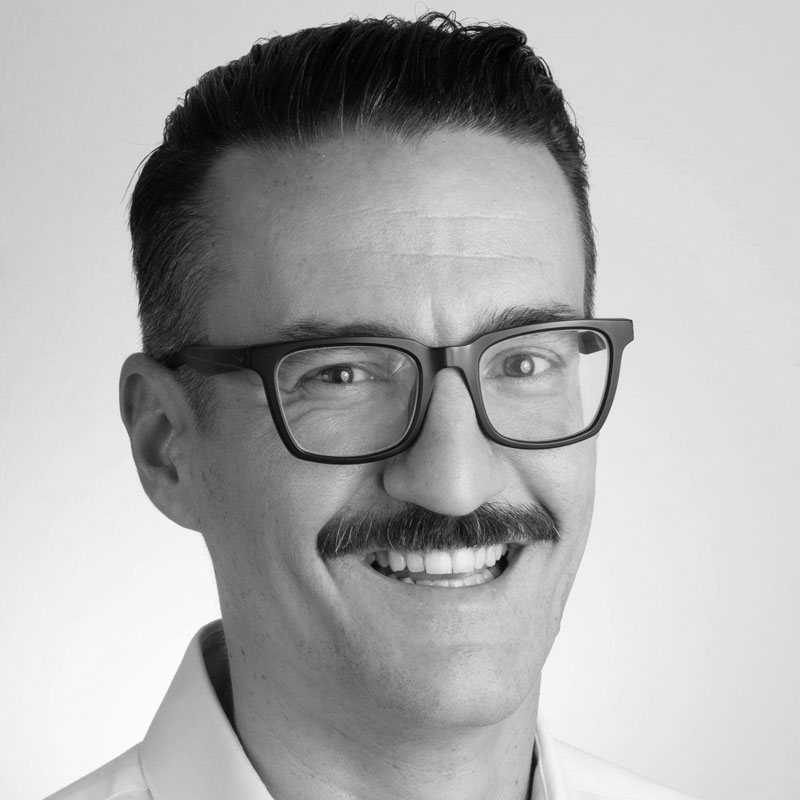
Contemporary treatment of peri-implantitis
The ever growing number of implant supported restorations inevitably increse the incidence of
inflammatory complications around dental implants. While we tend to think of implants as „teeth
made of titanium”, peri-implant inflammations markedly differ from periodontal inflammations in
terms of causes, course and treatment response.
Although a large number of mechanical and chemical methods and a variety of combinations of
these were developed over the years for the bacterial decontamination of implant surfaces, they fail
to achieve the success rates of the corresponding periodontal treatments. Therefore, currently we do
not have uniform, canonical treatment strategy for peri-implantitis.
The recently published systematic reviews and clinical guidelines in the subject not only decreased,
but rather incresed the uncertainty about effective treatment methods. This lecture aims to
summarize and understand our current knowledge in the field of non-surgical peri-implantitis
treatment and to translate them to dental practitioners.
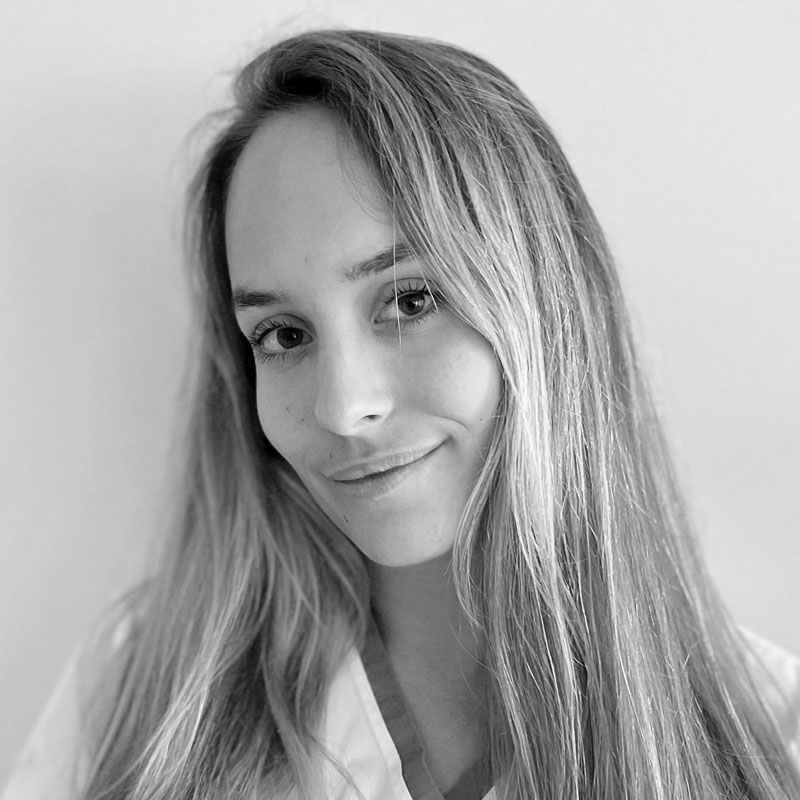
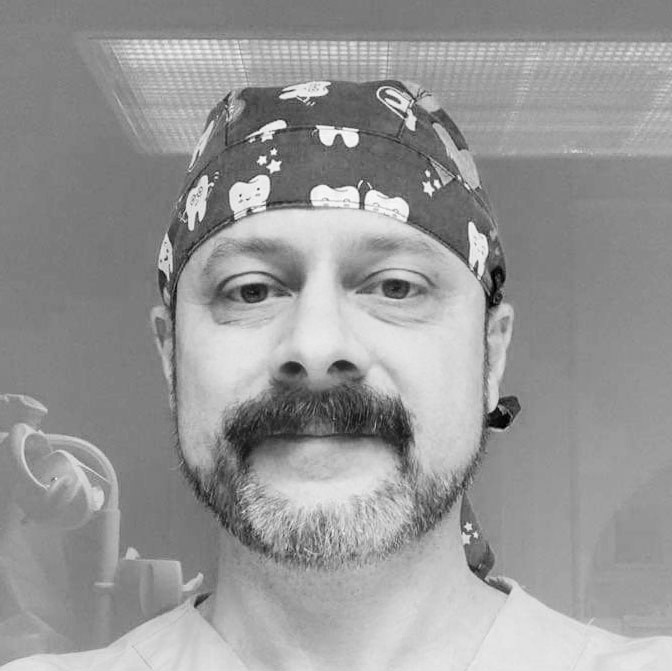
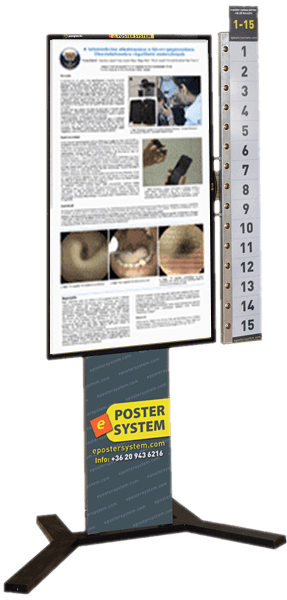
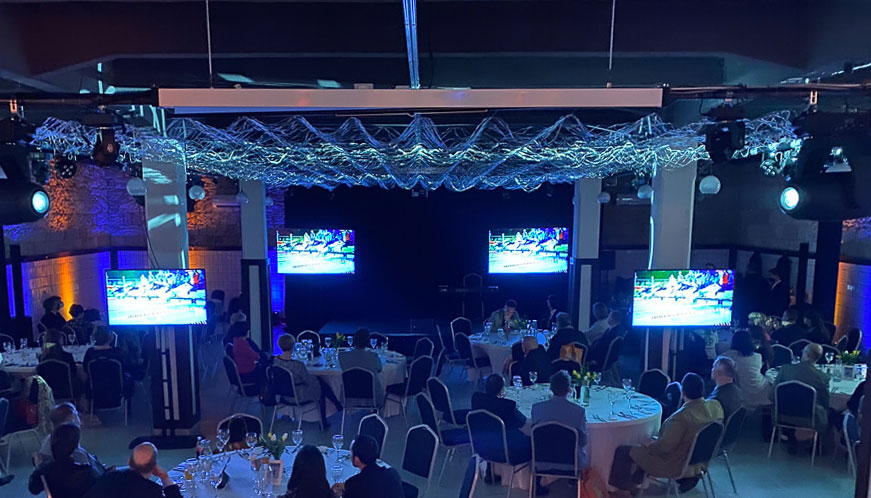
DenTi System Kft.
1112 Budapest Tippan u. 2. A lépcsőház 8.
info@callusimplants.com